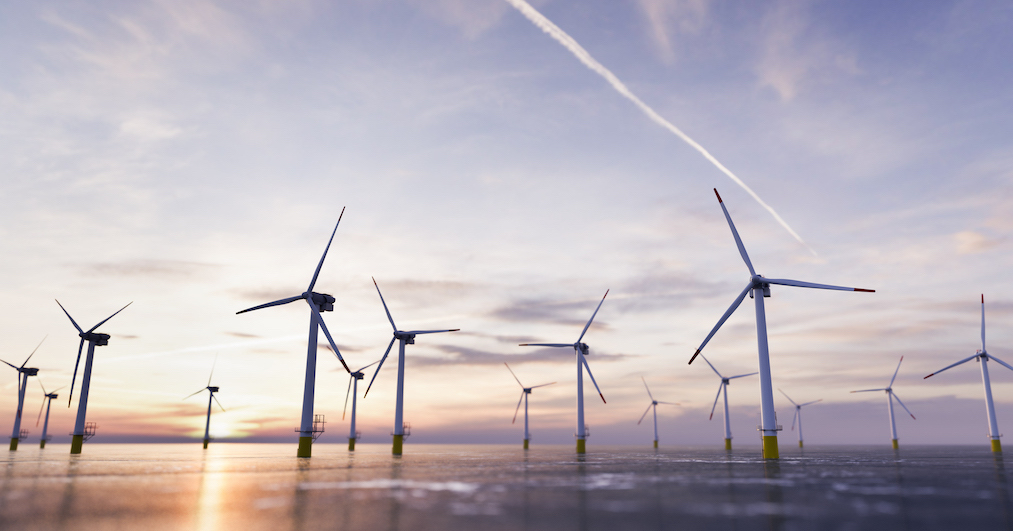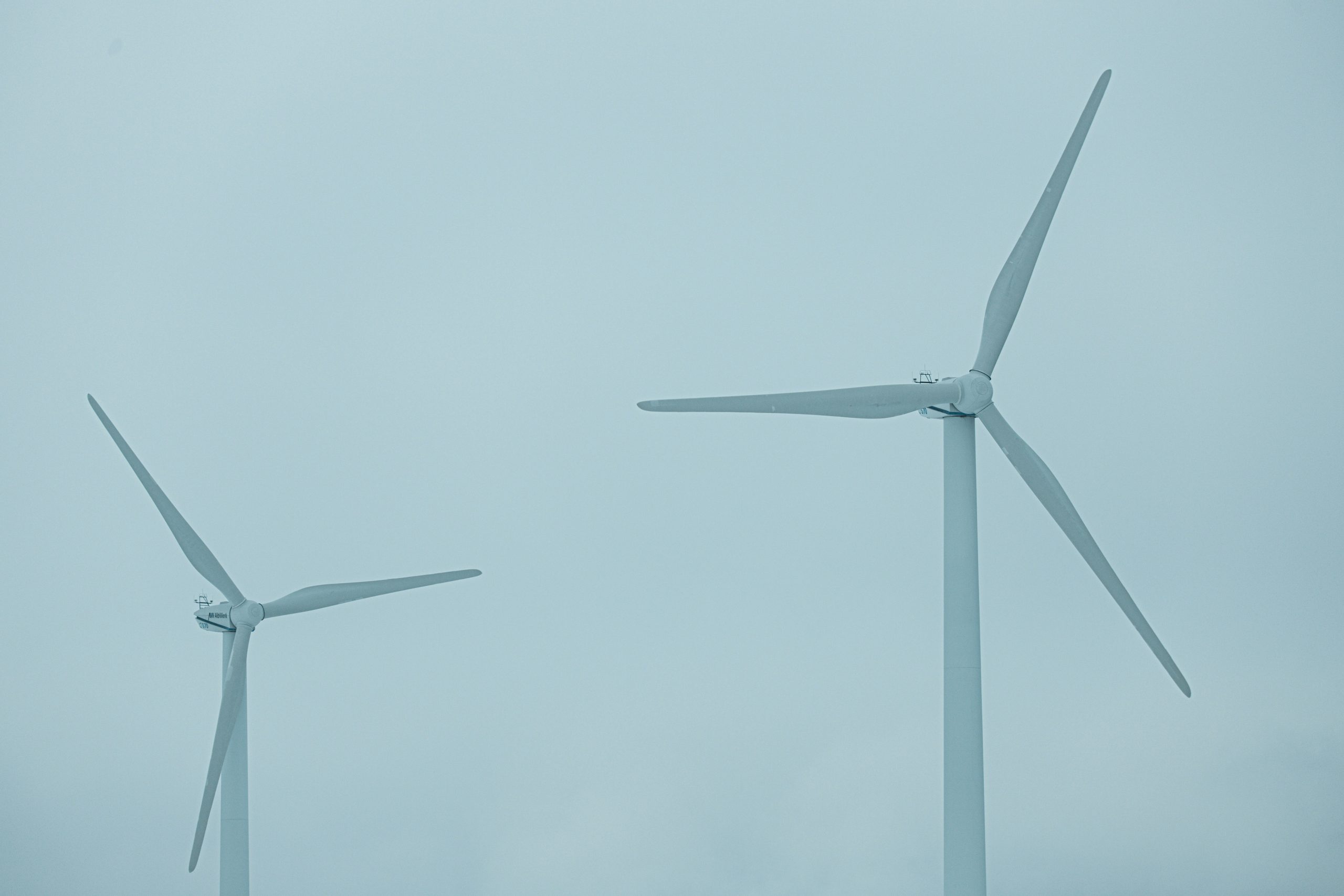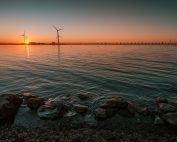In February, the Swedish Ministry of Infrastructure proposed to reduce the costs of connecting offshore wind farms to the electricity grid, which are borne by electricity producers.
On February 2, 2021, a proposal for regulations announced four years ago was published on the website of the Ministry of Infrastructure, aimed at reducing the costs of connecting offshore farms to the power grid. In the document, the government also proposes extending the national network to maritime areas, where it will be possible to connect many facilities. This may support the implementation of national RES targets and increase the country’s energy security. Until May 3, 2021, interested parties could submit comments on the draft regulation. The regulation could enter into force as early as August 2021.
The Swedish Wind Energy Association (SWEA) responded positively to the proposed regulations. In the position, it indicated that the country needed a greater volume of electricity produced in renewable energy, especially in the vicinity of populated regions. The upcoming electrification of the economy is also a challenge. – It is beneficial for the country that offshore wind energy projects are planned mainly in the central and southern part of Sweden – indicated in the position of SWEA.
Svenska kraftnät, the operator of the electricity transmission system in Sweden, also referred to the proposed regulation. He expressed his approval for the changes, in particular that he has a mandate to decide where new offshore wind farms can be located from the point of view of the needs of the entire system. The challenge will be to ensure the stability of the system, to expand the network taking energy from the sea to land in synchronization with the building permits issued (the electricity network can only handle 6 GW of offshore wind power). As he notes, while the costs for investors are lower, each energy source should cover its own expenses. The public pays for the expansion of the network. The regulation and development of offshore wind energy sector entails many changes that are not yet precisely defined.
The Swedish magazine Ny Teknik, which quotes SWEA, determined that the interest in Swedish waters is high – the network operator received applications for connection to the offshore wind energy network with a total capacity of 50 GW. Approximately 30 GW of the submitted applications relate to southern waters. It is worth noting that many of them cover the same sea area. Currently, projects with a total capacity of approximately 7 GW have been approved for connection to the grid. The operator predicts that Sweden will have 4 GW installed in offshore wind farms in 2035 and 10-17 GW in 2045.















